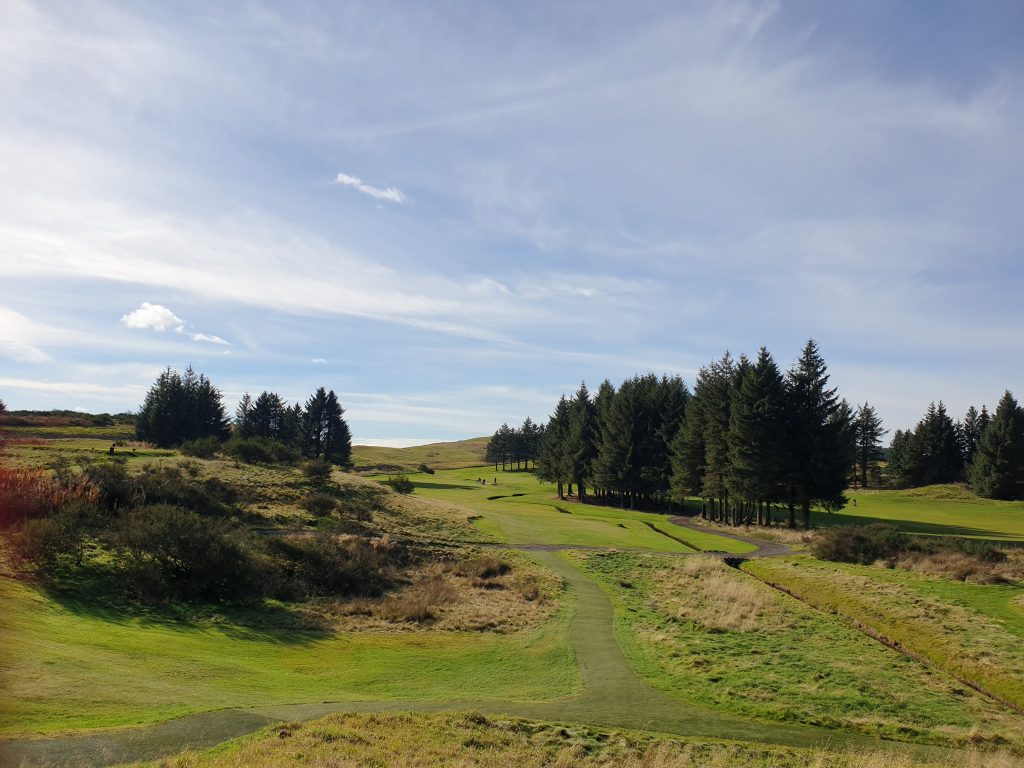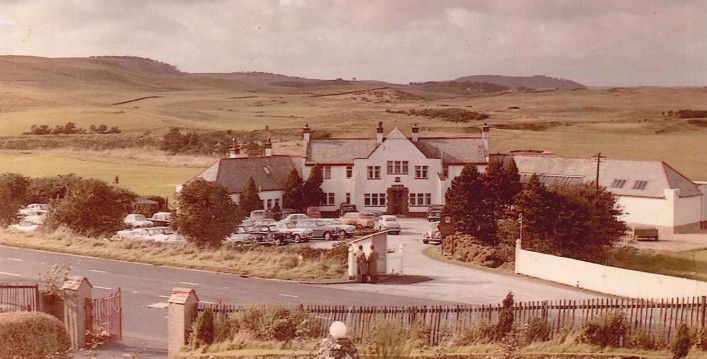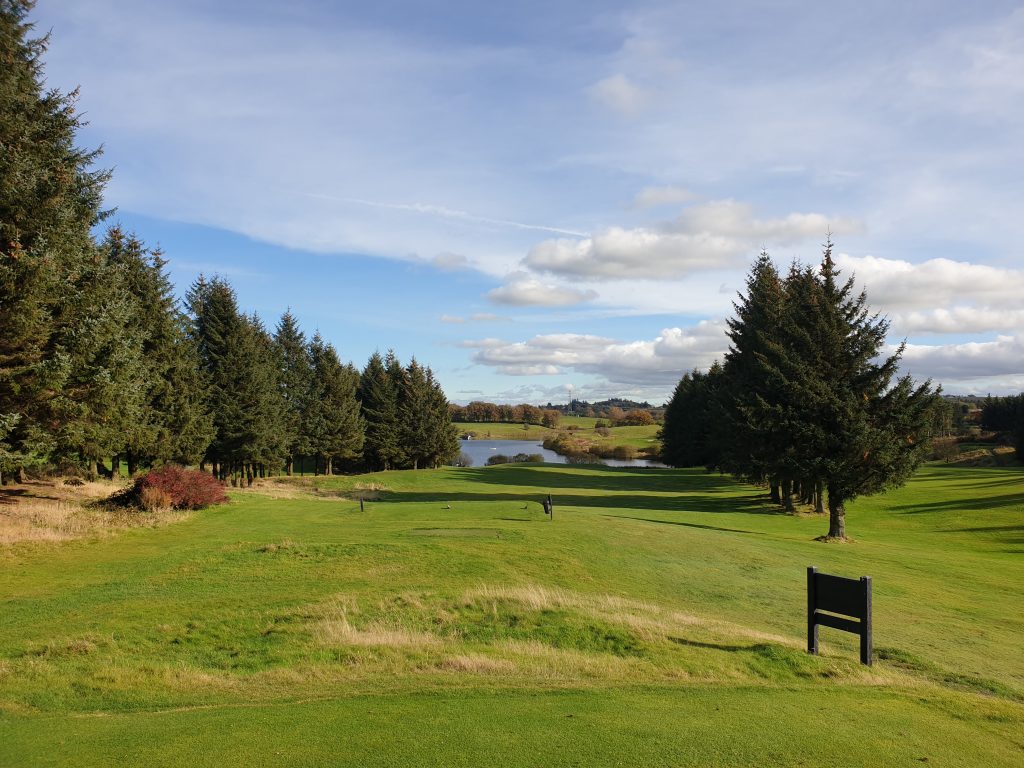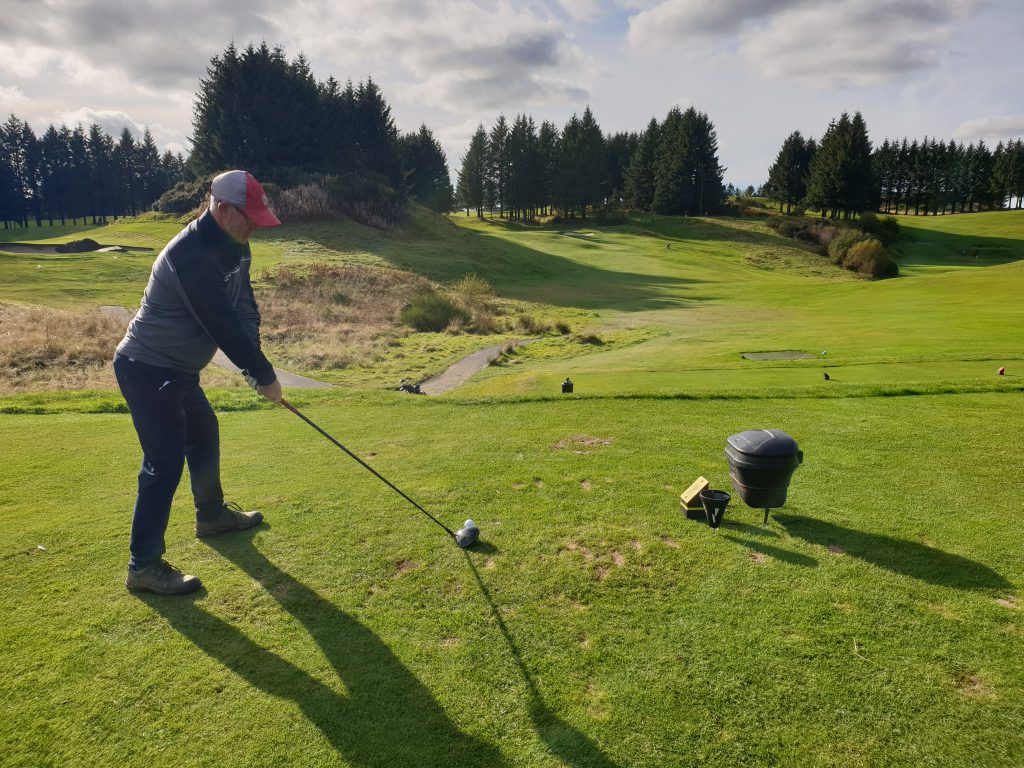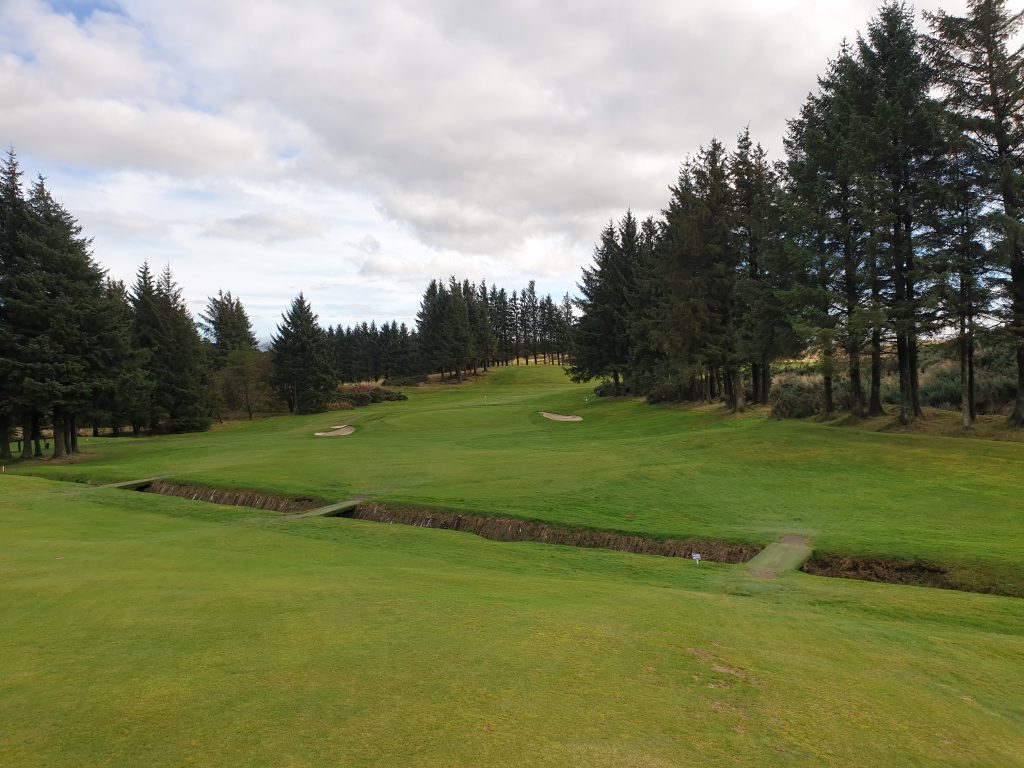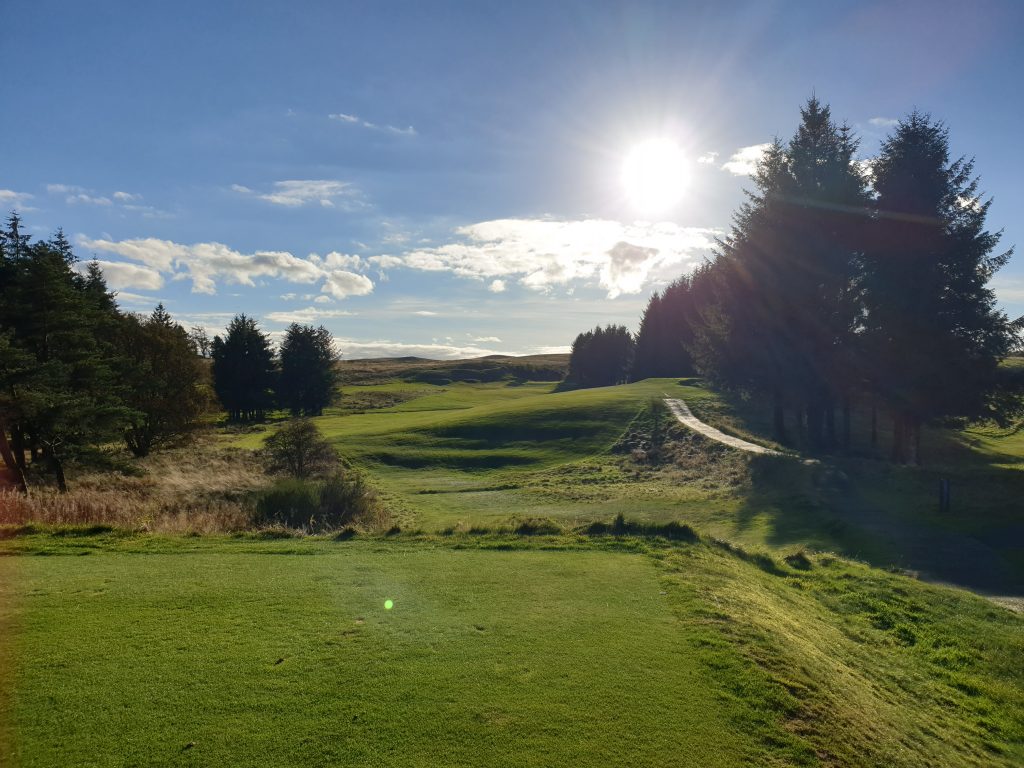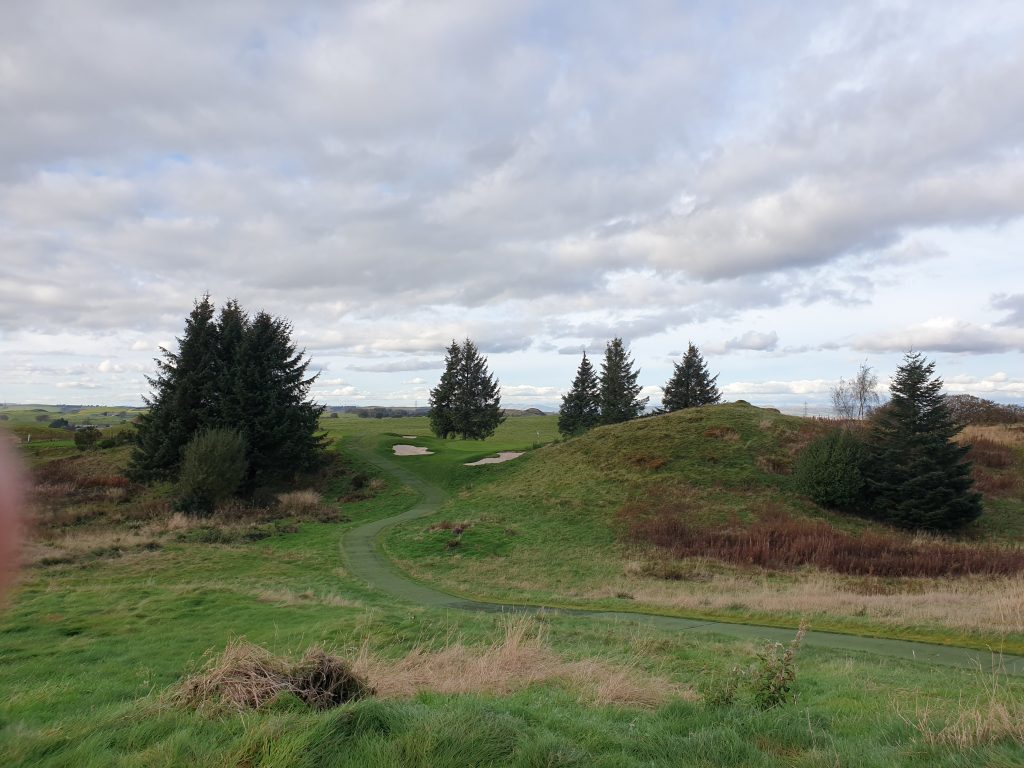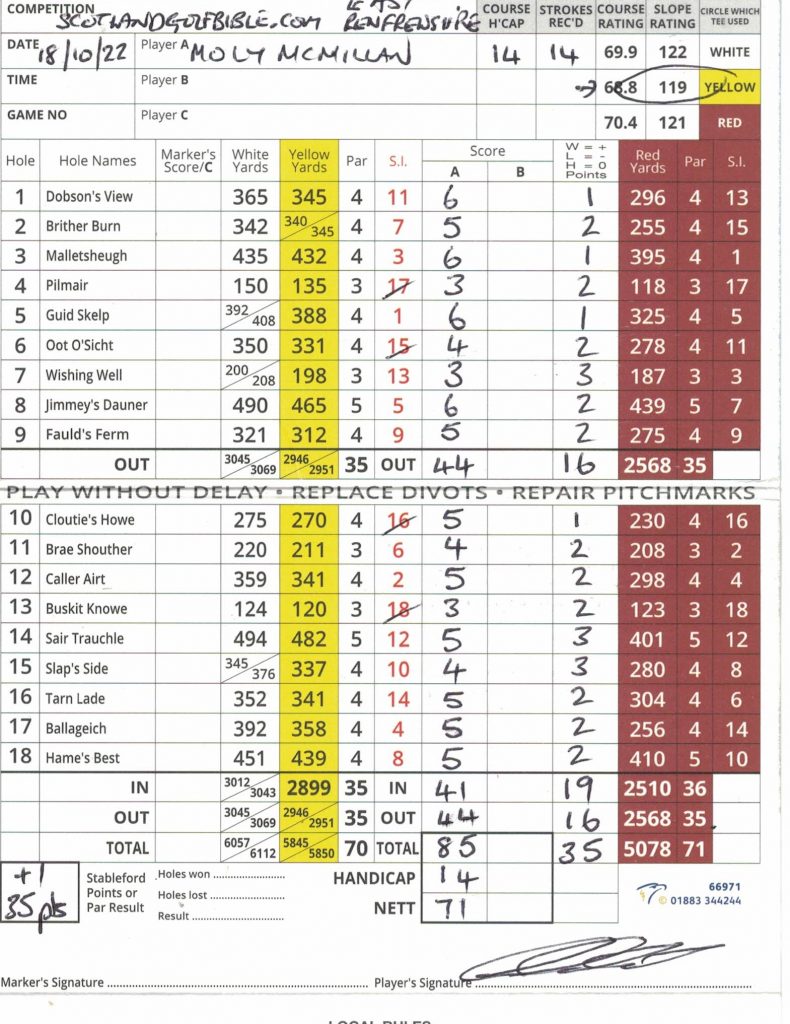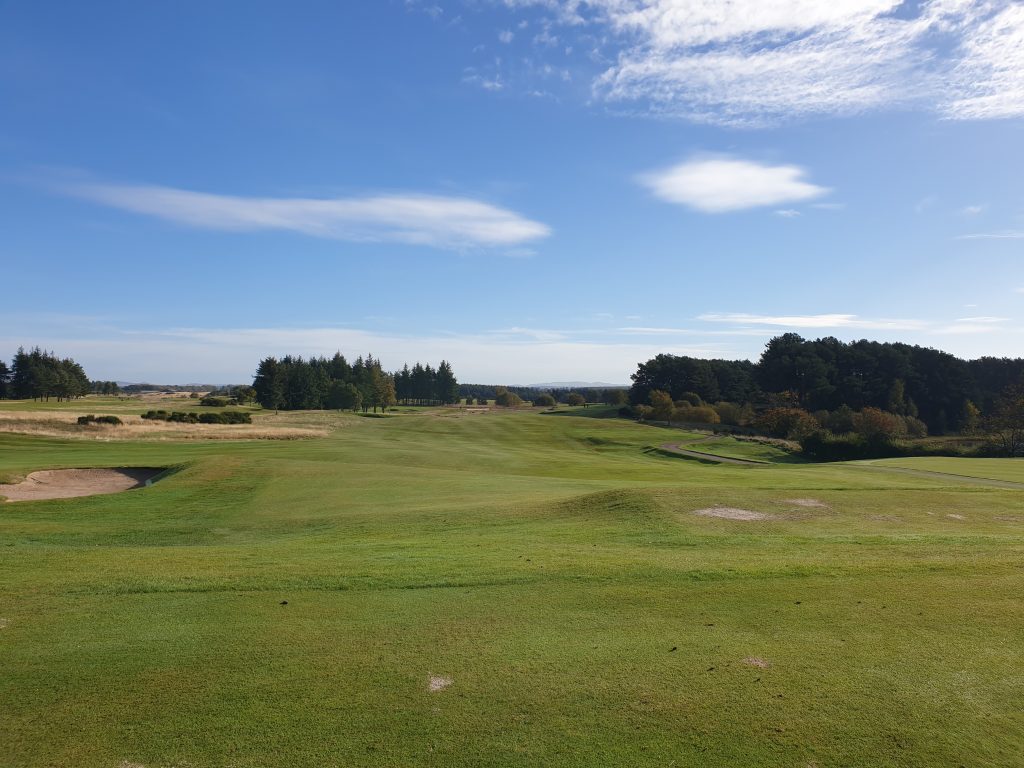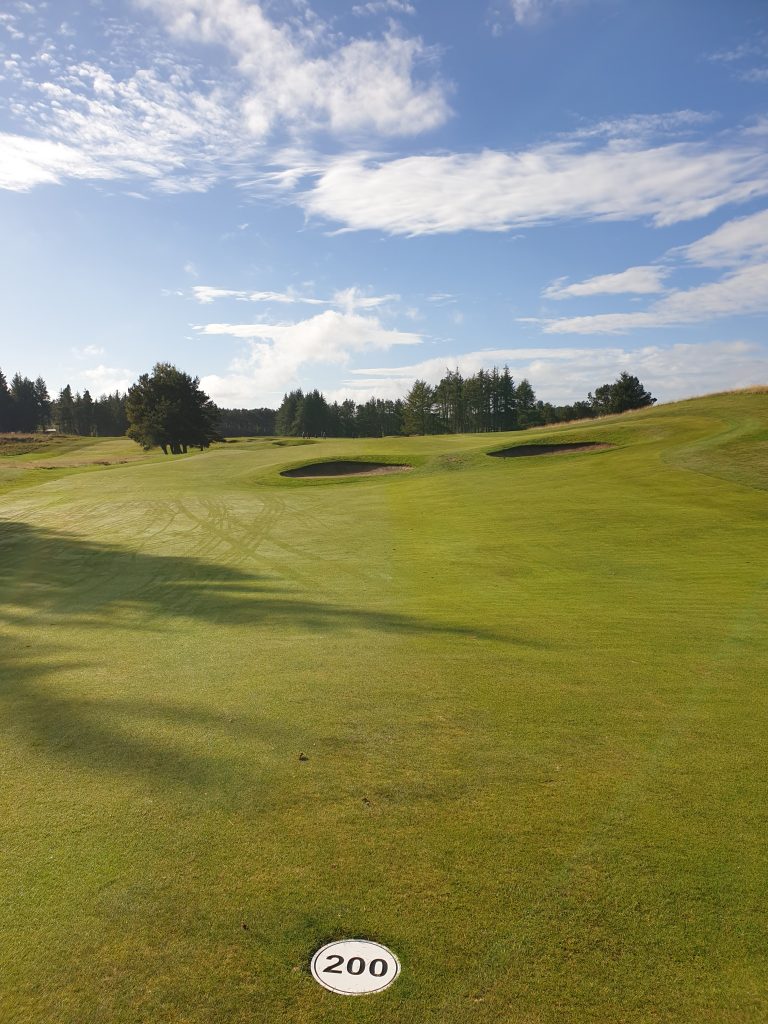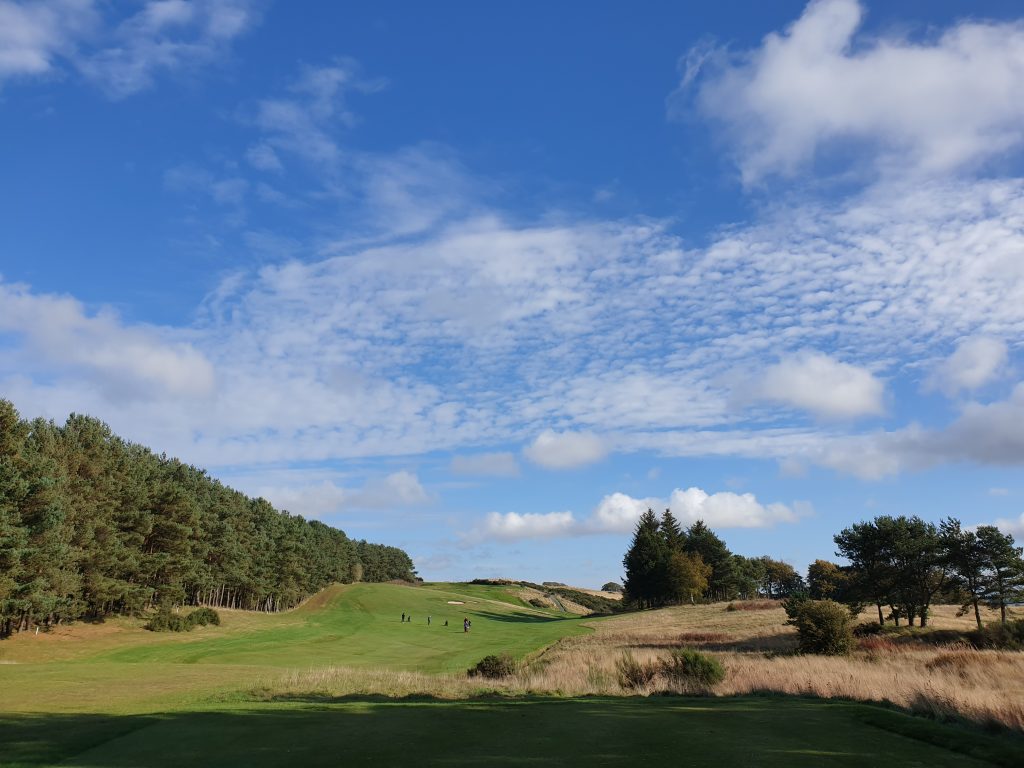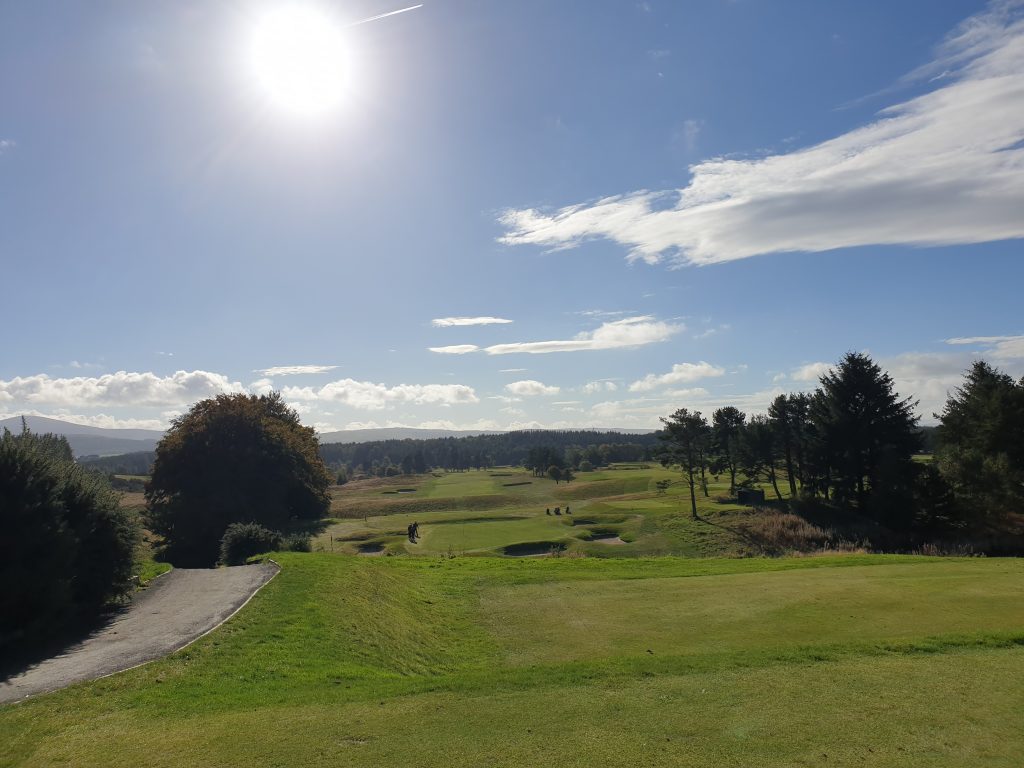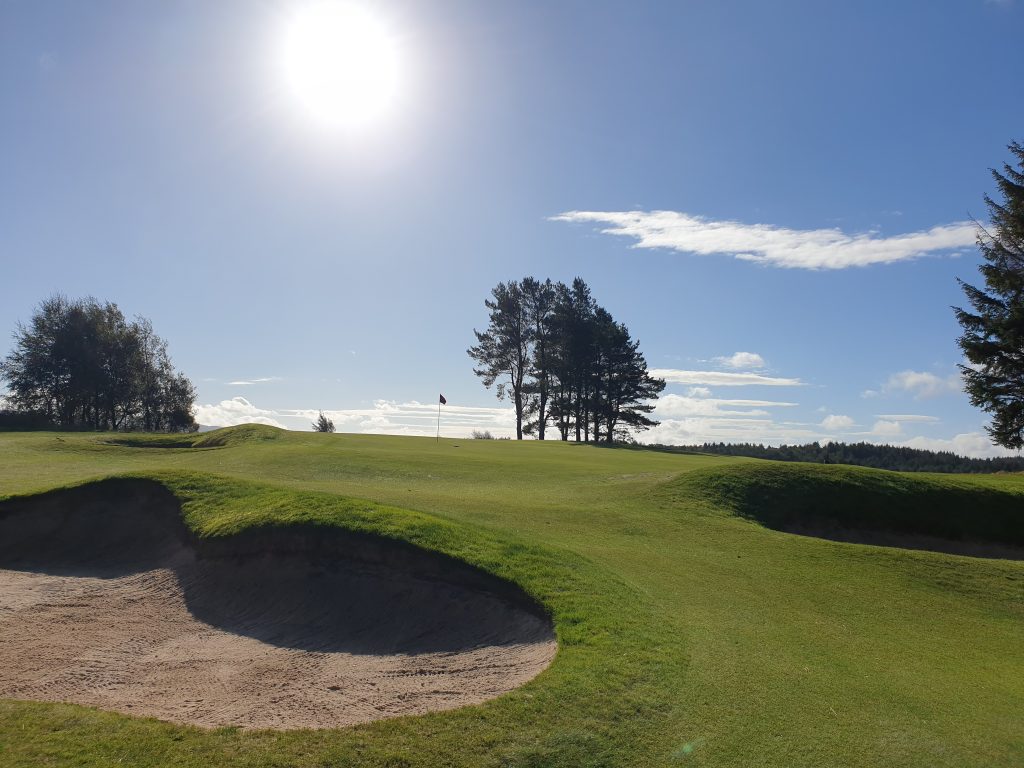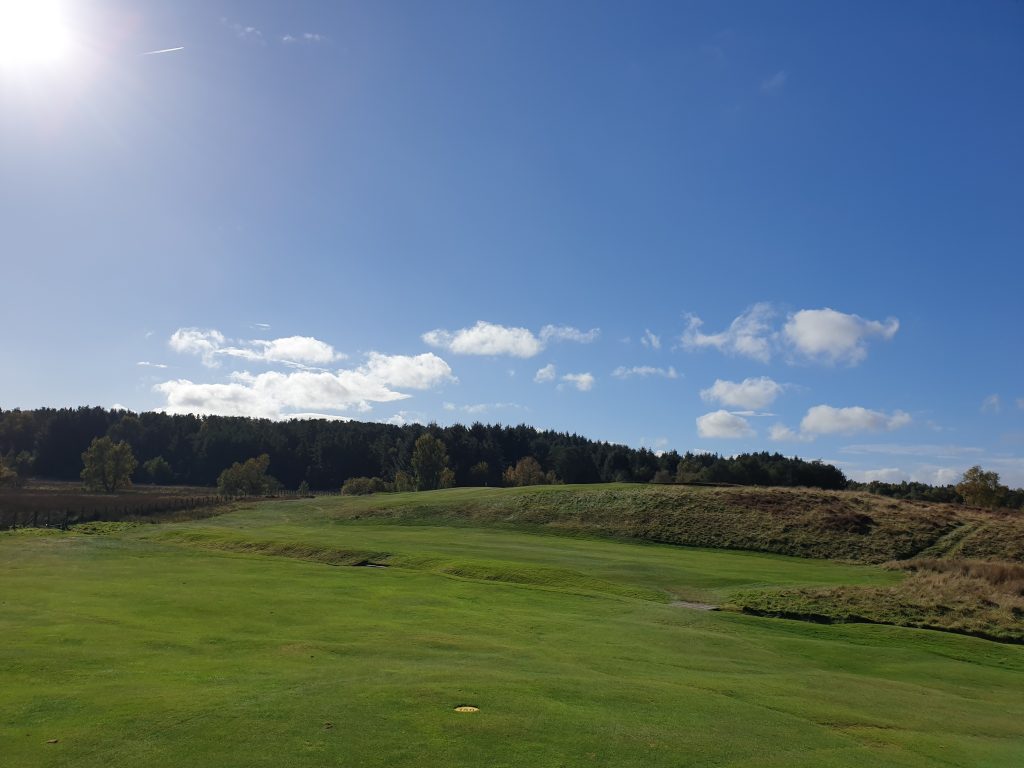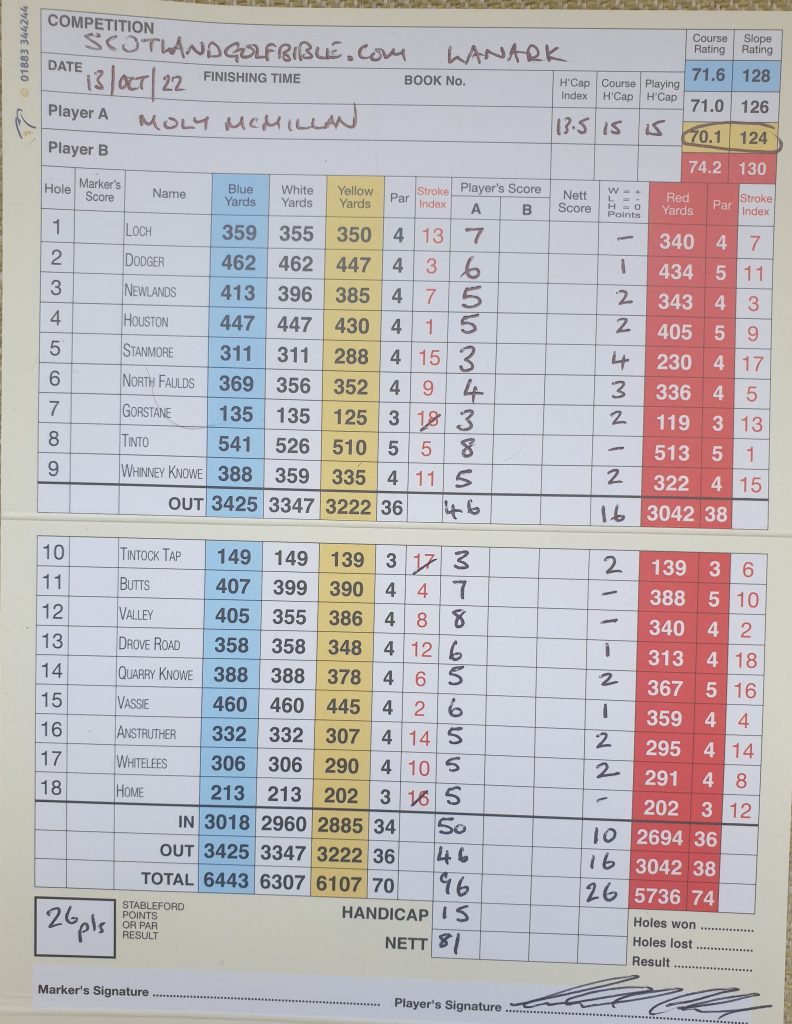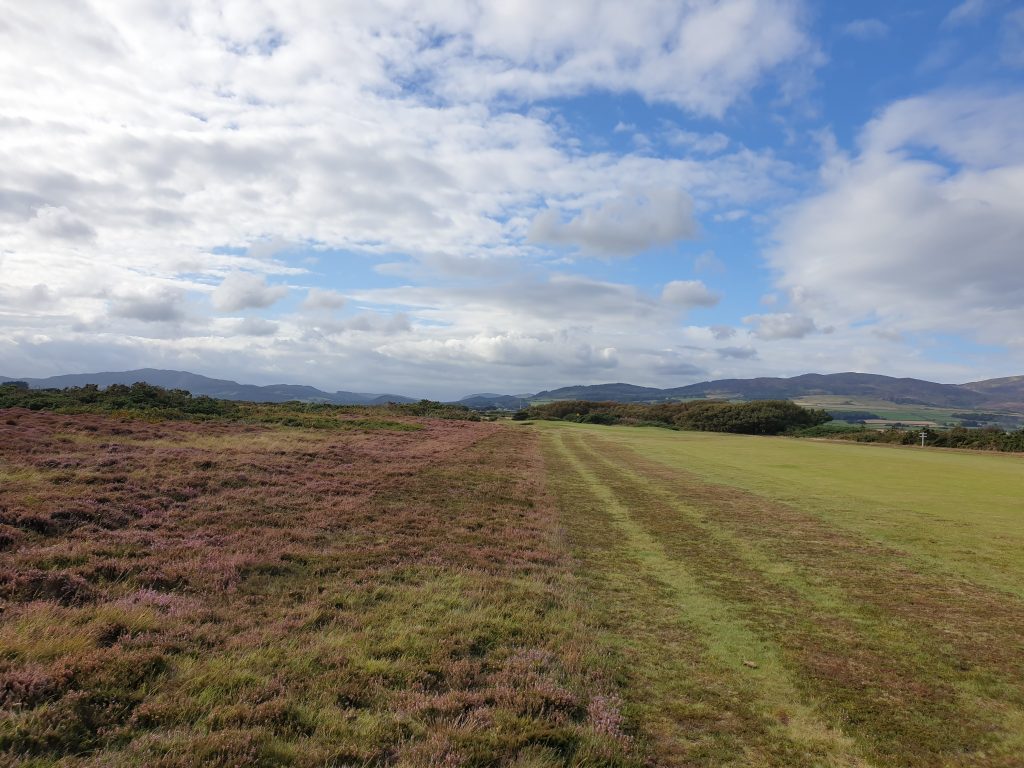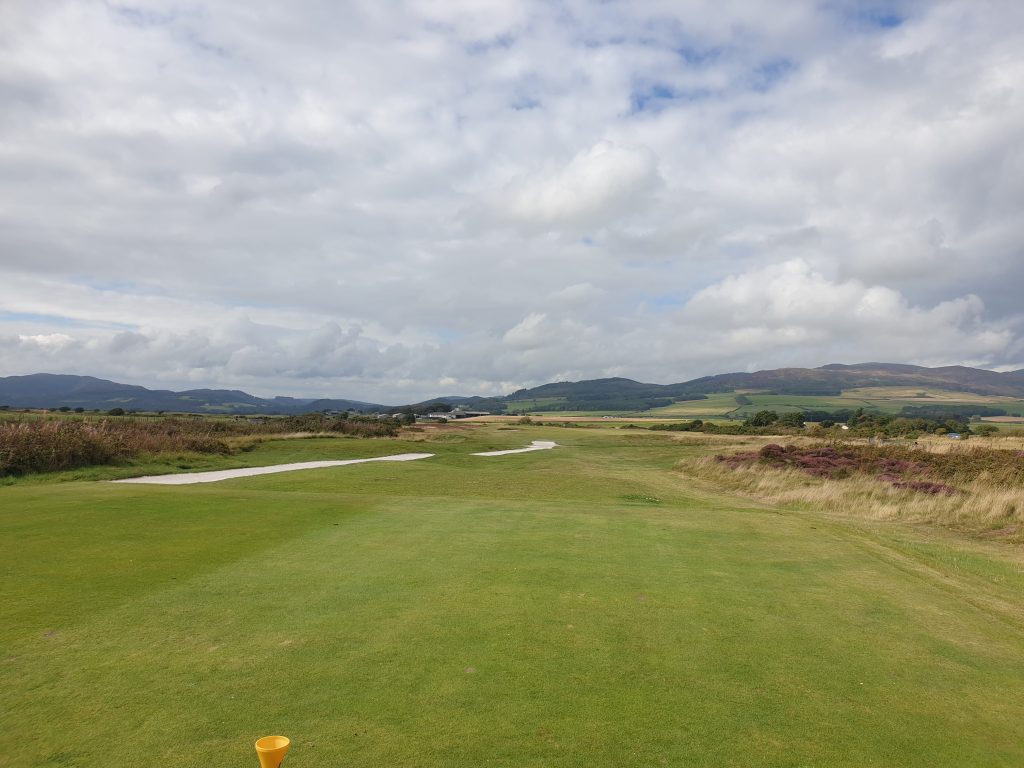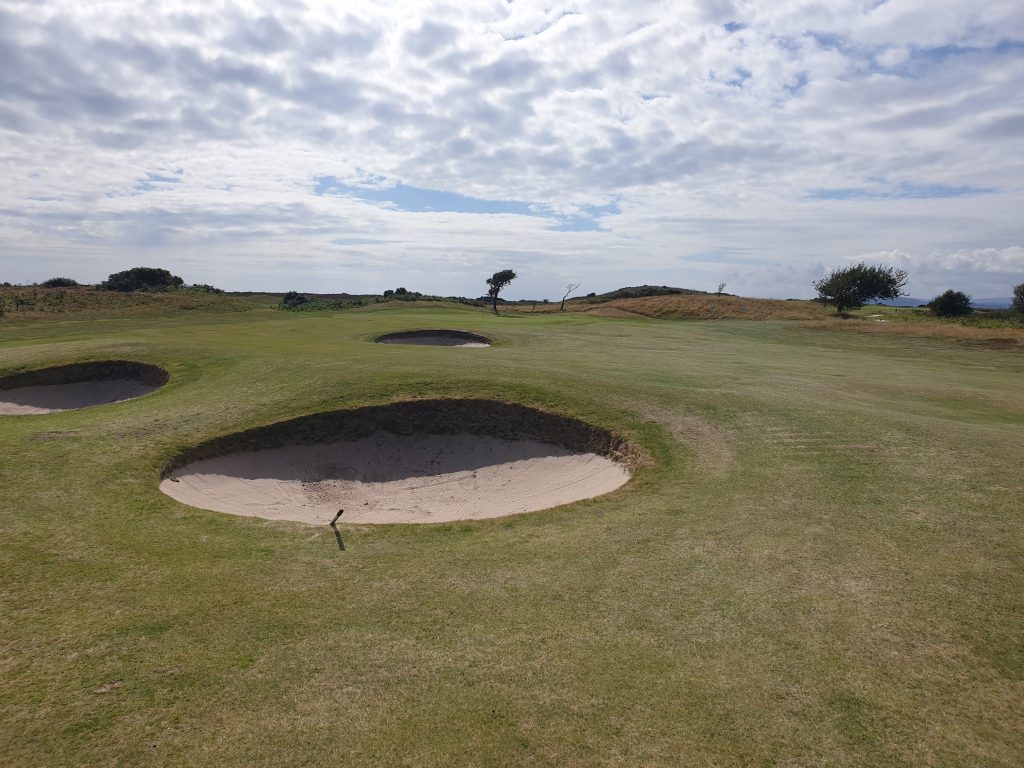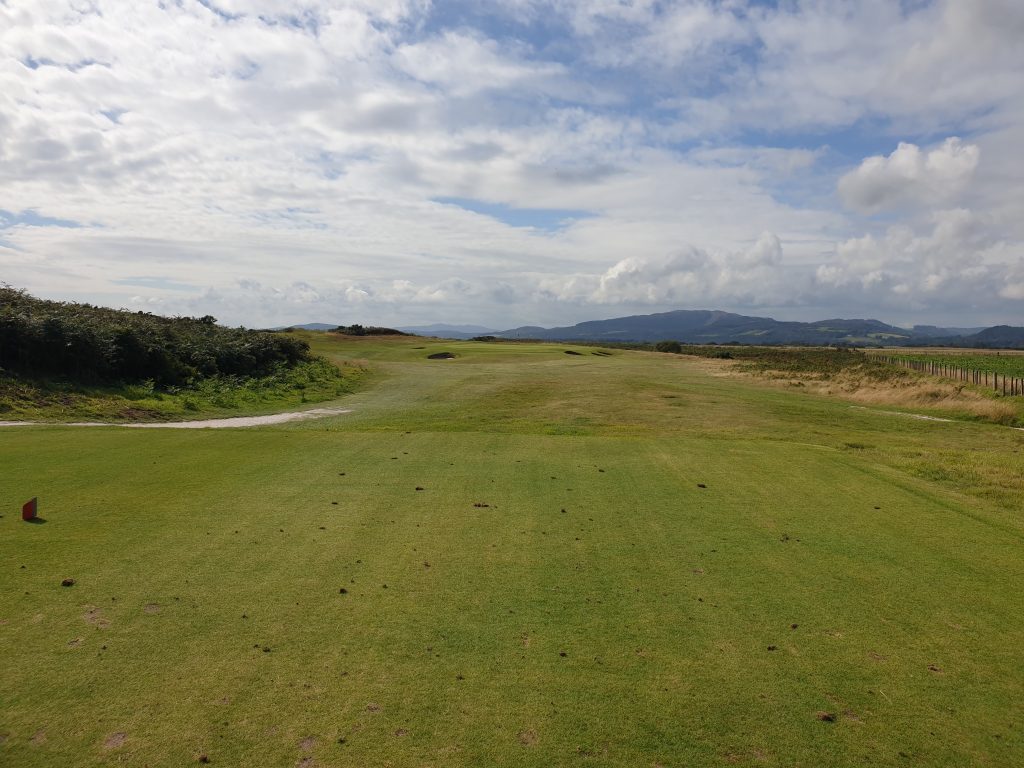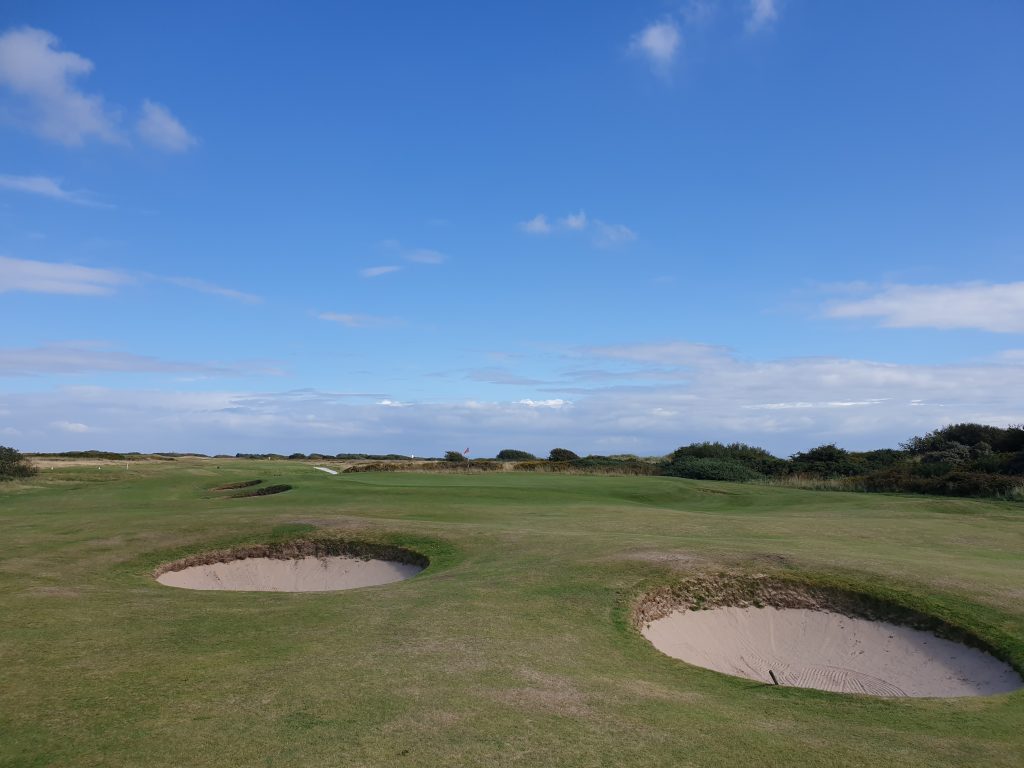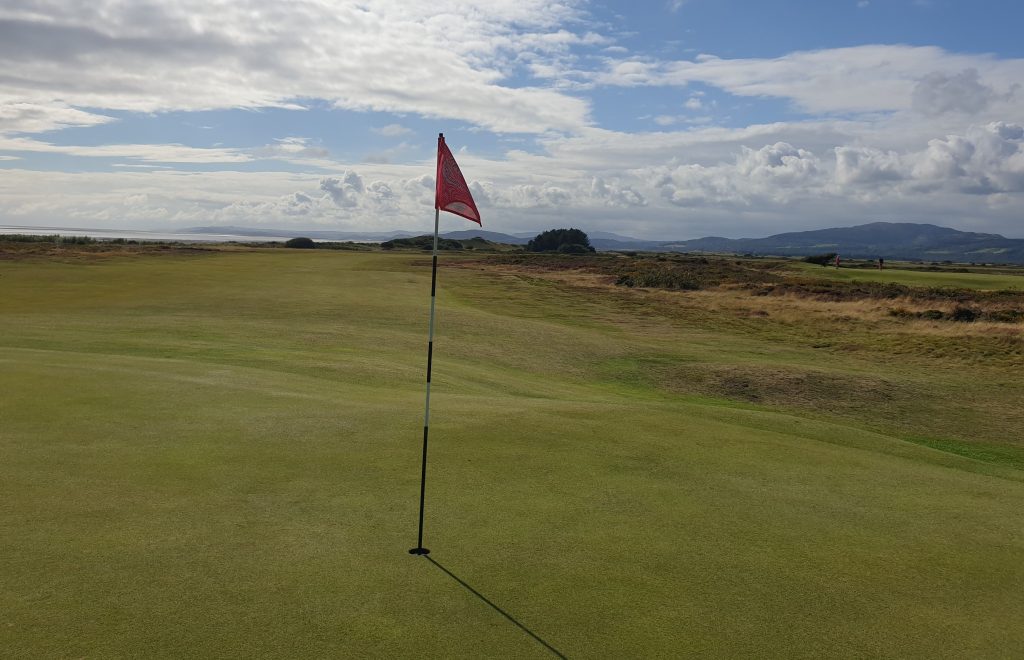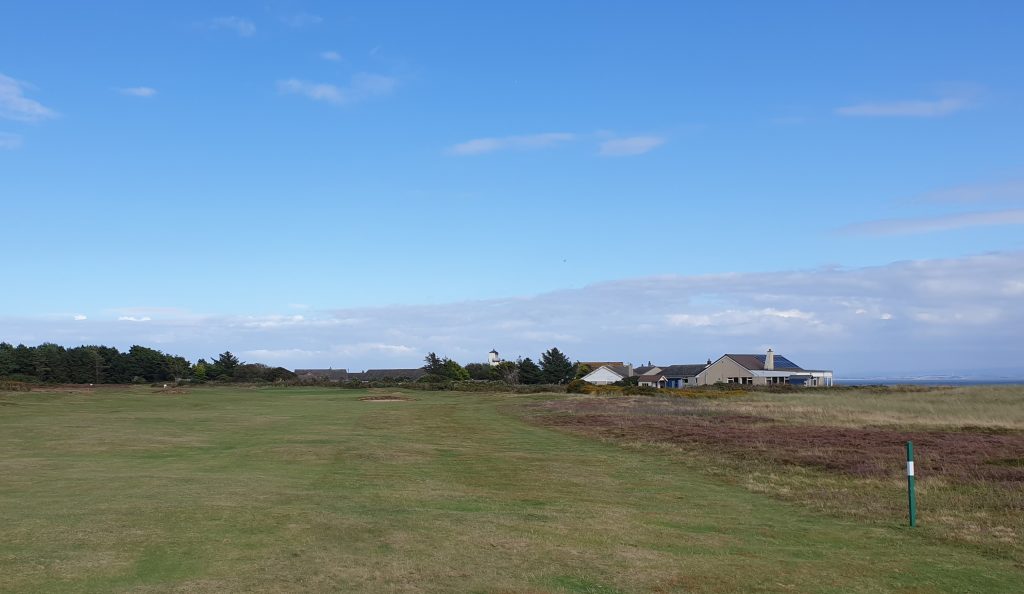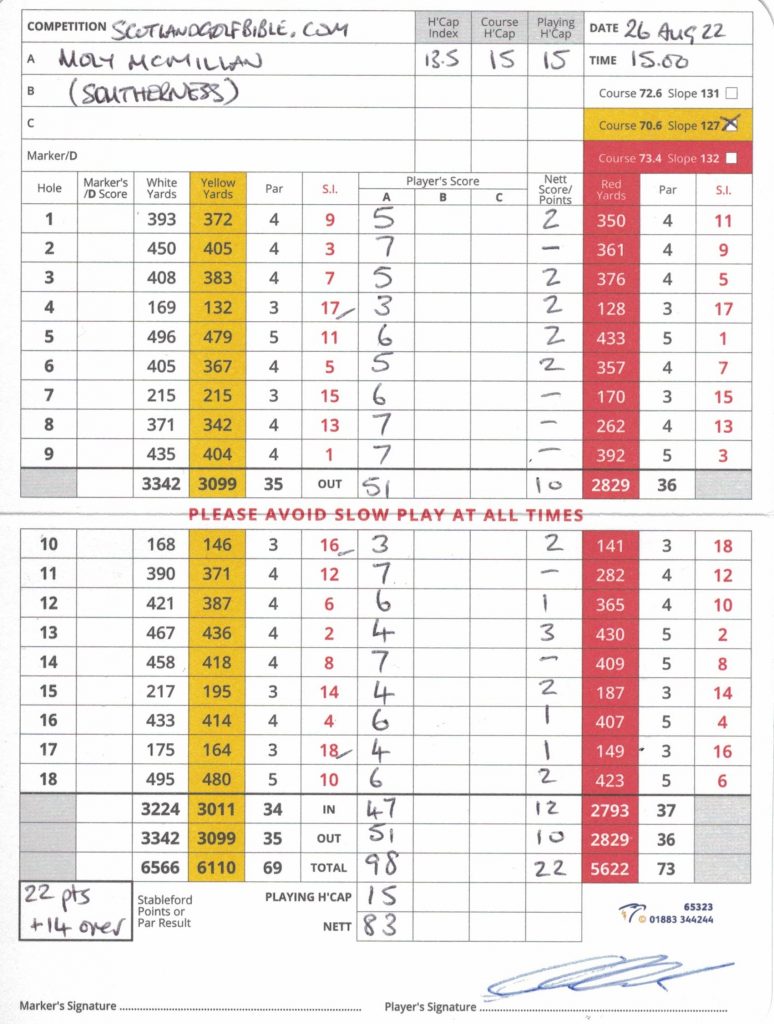One of the great clubs and excellent value in Winter
Value 3.5/5
Blairgowrie’s Pro explained many members lived quite far from the club, meaning competition days, Wednesday and Saturday, were incredibly busy. Therefore, playing Rosemount on the first Thursday in December, I anticipated a fast round, before finding myself behind one of those 4-balls – you know the kind – those avoiding eye contact!

Blairgowrie, or more correctly ‘Blairgowrie and Rattray’, is a twin burgh in eastern Perthshire, and a popular gateway town to the highlands. With a population of 9000, it has some quaint but dated shops. It also has a fine golf club with 3 courses, 2 of which are listed amongst the very best in the UK.
The Rosemount course (originally called the Lansdowne) is regarded by many as the jewel in the Blairgowrie crown; designed by the Yorkshireman, Dr Alister MacKenzie, in the 1920s, with further developments by James Braid and Donald Steele. Blairgowrie’s newer 18 hole course, with the inherited Lansdowne name, was designed in the 1970s by Peter Alliss and Dave Thomas. Both courses have been further updated by Scottish Designer, Graeme Webster.

‘Lansdowne’, was in fact the original name of the current 9 hole ‘Wee Course’, blogged here. This was the founding 1889 course at Blairgowrie, named after the Dowager Marchioness of Lansdowne, a local aristocrat. It is often cited as one of the best 9 hole courses in Scotland.

The two main18 hole layouts are championship standard and the Rosemount course hosted the European Tour in the 1970s and 1980s. It was the venue of Greg Norman’s first European tour victory in 1977 with The Martini International on 11 under par with the South African Simon Hobday in second place.

Set in a large tree encrusted heathland property the courses are easy walking, and more forgiving off the tee than what meets the eye. Many of the holes feel similar and with the forested surrounds, there are limited views. Depending on the time of year, this landscape could even feel like California or Portugal.
The course is a highly attractive amateur Open venue due to the ever increasing summer green fees, which are now £140 (2023), whereas the Winter fees are less than £40. Although I played off mats and forward tees, the greens were in play. Given the greens are part of the magnificence of the course, this represents excellent Winter value golf.
I played very well, scoring 81, and therefore I may have to thank the four ball that slowed me down. Maybe that’s the secret – taking time and concentrating.
In summary, if you are looking for a golf course that combines history, beauty, and challenge, then you might want to visit Rosemount in Blairgowrie. Especially on a nice winter’s day.
Round List Price £140. Actual Paid £30 (Winter rate).
Moly’s Score – 81 for 37 points (off 14)
Course/Slope Rating (winter) 68.8/121
Course Type: Heathland
Par 68 (14 par 4s, 4 par 3s)
Distance (yellow): c 5500 yards




